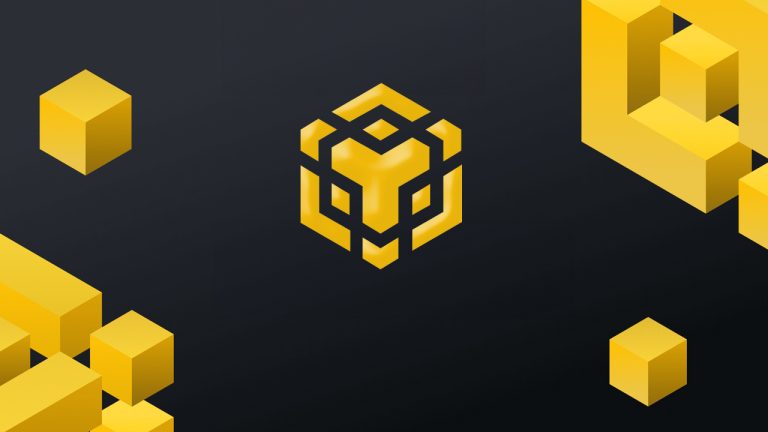
In a six-month roadmap unveiled on Nov. 29, the BNB Chain development team said it is targeting 10,000 transactions per second and fees of $0.001 on the layer two (L2) solution Opbnb. Sometime between 2024’s second and third quarters, the objective will be to lower the gas limit per block increase from 100M to 200M.
Making the Chain More Accessible
On Nov. 29 the BNB chain unveiled what it called a tech roadmap for Opbnb, a layer two (L2) solution within its ecosystem. The goal of the roadmap is to make “blockchain more accessible, with the design principles based on making the Opbnb network more efficient for users and developers.” To achieve this, the roadmap is targeting 10,000 TPS (transactions per second) for transfers as well as “a price reduction of ten times on Opbnb.”
The unveiling of the six-month roadmap came just days after the transaction count on Opbnb tapped a new all-time high of 5.47 million. This milestone was achieved when “the network handled the full capacity of 100M gas per second smoothly in a single block.” This is said to have resulted in the network processing 645 minting transactions per second.
Meanwhile, in a statement, the BNB Chain core development team praised the Opbnb community for being instrumental in the L2’s success so far. The team also noted that the community’s efforts can prove to be potentially vital in the development of decentralized applications.
“We recognize the immense potential of our community members to contribute not only to the development of dapps on Opbnb but also to core chain technology innovations. In addition, developers who contribute to Opbnb, will have access to the Most Valuable Builder Program (MVB) in collaboration with Binance Labs and CMC Labs and be eligible to apply for grants and mentorship,” the team said.
As explained in the statement, Opbnb is also aiming to reduce transacting fees from $0.005 to $0.001 in the last quarter of 2023. In the first quarter of 2024, the objective is to increase capacity from 100M to 150M. Between Q2 and Q3 of 2024, the goal is to lower the gas limit per block increase from 100M to 200M and achieve a transaction per second milestone of 10,000.
What are your thoughts on this story? Let us know what you think in the comments section below.
from Bitcoin News https://ift.tt/YpXlo5x
Comments
Post a Comment